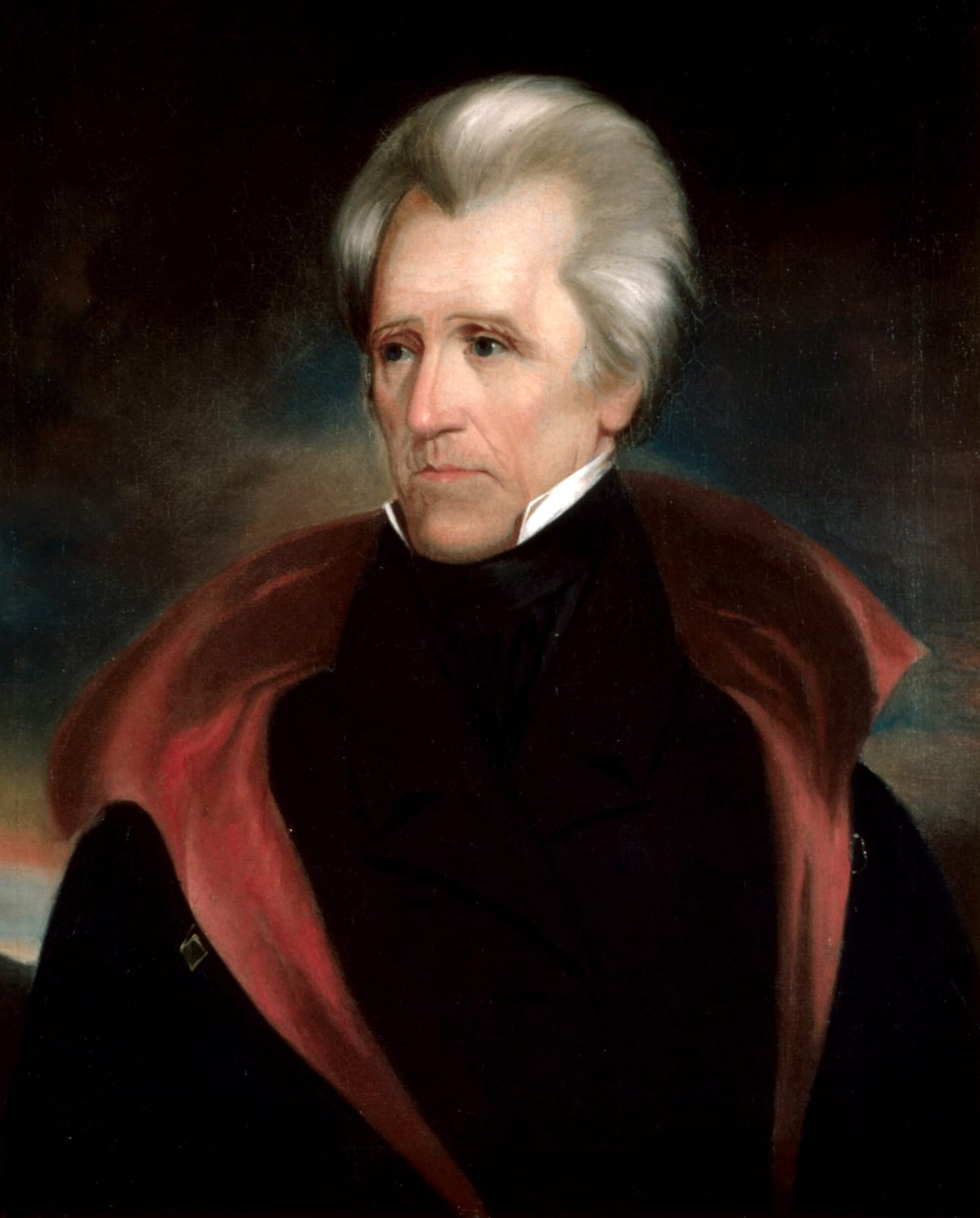When it comes to historic dates, January 17 might not immediately jump to mind. But dig a little deeper, and you’ll find a collection of stories so wild and diverse that it feels more like a season finale than a single day in history. From the political upheavals that shaped nations to bizarre events that could only happen in real life, this date deserves a standing ovation. Buckle up—we’re diving into the rollercoaster of January 17
1377: Pope Gregory XI’s Big Move Back to Rome
Imagine this: It’s the 14th century, and the Catholic Church is practically running Europe’s social and political show. But instead of Rome, the popes have been living it up in Avignon, France, for nearly seven decades in what’s known as the Avignon Papacy. Enter Pope Gregory XI, who decides it’s time to pack up and head back to the Eternal City.
This wasn’t just a U-Haul situation; it was a political power move. The Papacy’s presence in Avignon had caused tension with Rome, and Gregory’s return was seen as an attempt to restore the Church’s authority. However, the transition was anything but smooth. Rome was rife with factional fighting, and the move sparked unrest that would eventually contribute to the Western Schism—a period where multiple popes claimed legitimacy.
The takeaway? Even in the 1300s, sometimes you just need to go home, even if home is a bit of a mess.
1811: Miguel Hidalgo’s Bold Independence Declaration
Fast-forward a few centuries, and we land in Mexico, where revolutionary leader Miguel Hidalgo is about to make history. By 1811, Hidalgo had already ignited the flames of rebellion with his famous Grito de Dolores, calling for independence from Spanish rule. But on January 17, he made it official by formally declaring Mexico’s independence from Spain.
Hidalgo’s movement was fueled by frustration with colonial oppression, economic inequality, and a desire for self-determination. While his uprising was ultimately crushed and Hidalgo was executed later that year, his actions planted the seeds for Mexico’s eventual independence in 1821.
Hidalgo’s declaration wasn’t just a political statement; it was a rallying cry for justice and equality. Today, he’s celebrated as one of Mexico’s greatest heroes—a symbol of the power of resistance in the face of tyranny.
1893: The Overthrow of the Hawaiian Monarchy

Next up: one of the most controversial chapters in U.S. history. On January 17, 1893, a group of American businessmen and sugar planters, backed by U.S. Marines, orchestrated a coup to overthrow Queen Liliʻuokalani, the last monarch of Hawaii.
Why? Greed, mostly. The American settlers wanted to secure their economic interests and push for Hawaii’s annexation to the United States. Liliʻuokalani, a strong and progressive leader, had been working to restore the power of the monarchy, but the coup cut her efforts short.
The overthrow was a textbook example of imperialism in action. Despite protests from Native Hawaiians and the queen herself, Hawaii was annexed in 1898 and became a U.S. state in 1959. The events of 1893 remain a sore point in Hawaiian history, symbolizing the loss of sovereignty and cultural identity.
1929: Popeye the Sailor’s Comic Debut

Let’s lighten the mood with some pop culture history. On January 17, 1929, Popeye the Sailor made his first appearance in the Thimble Theatre comic strip, created by Elzie Segar. Originally intended as a supporting character, Popeye quickly stole the spotlight with his rough-and-tumble charm, iconic catchphrases, and, of course, his love of spinach.
Popeye’s popularity exploded in the 1930s, thanks to animated shorts that turned him into a full-fledged cultural icon. The character didn’t just entertain—he also had a real-world impact. During the Great Depression, Popeye’s spinach obsession boosted sales of the leafy green by 33%, proving that even a cartoon can change the world.
Popeye’s legacy endures today, reminding us that heroes come in all shapes, sizes, and professions—even scrappy sailors with a can of spinach.
1950: The Great Brinks Robbery
Need a true-crime fix? Look no further than January 17, 1950, when a group of robbers pulled off one of the most audacious heists in history. Disguised in Halloween masks and armed with meticulous planning, they broke into the Brinks Building in Boston and walked away with $2.7 million (around $30 million today).
The robbers left behind almost no evidence, baffling investigators for years. It wasn’t until 1956—just days before the statute of limitations was set to expire—that the FBI cracked the case, thanks to a confession from one of the gang members.
The Great Brinks Robbery wasn’t just a financial crime; it was a masterclass in planning and execution. It’s no wonder the case remains one of the most legendary heists of all time.
1961: Eisenhower’s Farewell Address

On January 17, 1961, President Dwight D. Eisenhower delivered a farewell address that has since become one of the most famous speeches in American history. In it, he warned of the dangers posed by the “military-industrial complex”—a term he coined to describe the growing influence of defense contractors on government policy.
Eisenhower’s warning was eerily prescient. In the decades since, the military-industrial complex has become a central topic in debates about U.S. foreign policy, defense spending, and the influence of corporate interests on government decision-making.
Eisenhower’s speech wasn’t just a goodbye; it was a wake-up call, and its relevance has only grown over time.
1966: Nuclear Mishap Over Spain
Here’s a story that’s equal parts terrifying and bizarre. On January 17, 1966, the quiet Spanish village of Palomares was thrust into global headlines after a catastrophic mid-air collision between a U.S. B-52 bomber and a refueling tanker. The accident sent four hydrogen bombs plummeting to the earth. While the nukes didn’t detonate—thankfully sparing the world from an unimaginable disaster—two of them cracked open on impact, releasing radioactive plutonium over the area.
U.S. and Spanish officials scrambled to contain the fallout, launching a massive cleanup operation involving thousands of troops, soil removal, and even the recovery of a missing bomb from the Mediterranean Sea (a Navy sub eventually found it after weeks of frantic searching). The incident sent shockwaves through the Cold War psyche, sparking outrage over the dangers of transporting nuclear weapons. Palomares remains a stark reminder of how close humanity can get to disaster—without ever realizing it.
1974: The Chrysler UFO Incident
Ohio, 1974. Workers at a Chrysler plant look up and see what they believe is a UFO hovering above them. The sighting caused a frenzy, with reports of alien encounters spreading like wildfire. The truth? It was a company test balloon.
Despite the anticlimactic explanation, the incident became part of the UFO lore that dominated the 1970s. It’s a reminder that sometimes, our imaginations can run wild—and that’s not always a bad thing.
1994: The Psychic Lawsuit
Finally, let’s end with one of the most bizarre lawsuits in history. On January 17, 1994, a woman sued a psychic for $1 million because the curse the psychic placed on her didn’t work.
Yes, you read that right. This woman paid for a curse, didn’t get the results she expected, and decided to take legal action. It’s a story so ridiculous that it feels like it was ripped straight from a sitcom.
January 17: The Gift That Keeps on Giving
From political revolutions and cultural milestones to bizarre lawsuits and nuclear near-misses, January 17 proves that history is anything but boring. It’s a day that reminds us of humanity’s capacity for brilliance, bravery, and, occasionally, absolute absurdity. Who knows what January 17 will bring next?




